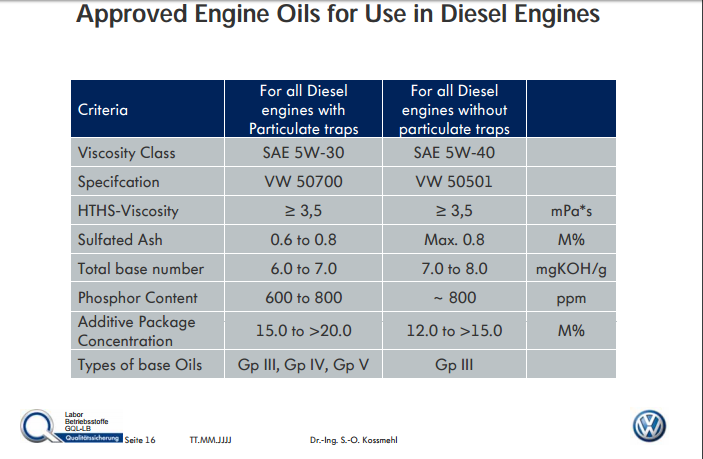Bellow
Hardcore MB Enthusiast
I was just making two general points, and I think they are both valid; not least, that MB include numerous 5W40 oils in their approved list.
Specifically, however, if my engine has reached the mileage it has, and uses a litre every 2000 miles, presumably mostly on MB's own oil and almost certainly on 5W30, then despite what Stephenson says, somebody has been doing something right, and 5W30 is plainly perfectly OK, so I see no need to change it; don't fix what ain't broken...
This is commonplace. The norm becomes accepted as the best achievable.
My Nissan ran hard, was not using any oil between oil changes (extended from 6000 to 9000 mile interval) when it was written off at 118,000 miles.
Everyone accepted that the smart M160 engine will require a rebuild to replace rubbish oil control rings at circa 50,000 miles. Mine went to 75,000 miles before needing to be rebuilt. Both on mineral LE8800 where fully synthetic was considered essential for the smart (and Mobil 1 was talked of in terms that implied it was handed down directly from God). Strangely (perhaps) Mercedes agreed to this and were prepared to honour the warranty (as did Nissan). They (Nissan and MB)even put said oil in during their first ever services at 6000 miles.
I've seen the photographs of the Mobil 1 engines being rebuilt and the mess and sludge was disgusting. At a mileage 50% higher, the internals of mine were spotlessly clean with nothing more than the mildest discolouration of the alloy.



